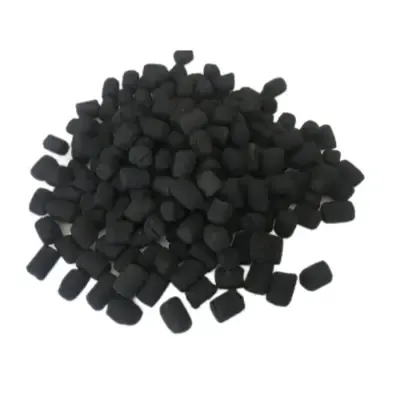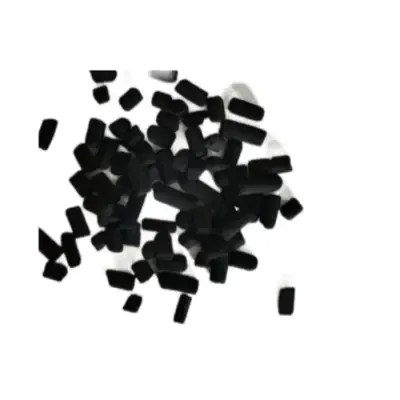
Activated Carbon: Unveiling its Nature and Applications
Activated carbon, often referred to as activated charcoal, is a versatile material that finds its utility across various industries and applications. Renowned for its exceptional adsorption capabilities, activated carbon plays a pivotal role in purifying air, water, and even certain chemicals. In this exploration, we delve into the nature of activated carbon, its production process, and the diverse applications that make it an indispensable component in modern life.

1. The Essence of Activated Carbon
At first glance, activated carbon may appear as simple as any other black, granular substance. However, its remarkable characteristics lie beneath the surface. Activated carbon is distinguished by its porous structure, which provides an extensive internal surface area for adsorption. This unique property allows it to attract and retain various substances, effectively removing impurities from different media.
2. The Production Journey
The creation of activated carbon involves a meticulous process that imparts its exceptional properties:
Carbonization: The initial step involves subjecting carbonaceous materials, such as wood, coconut shells, or peat, to high temperatures in a low-oxygen environment. This process eliminates non-carbon components, leaving behind a charred residue.
Activation: The carbonized material undergoes activation, a process that significantly enhances its porosity and adsorption capabilities. Two common activation methods are physical activation and chemical activation. In physical activation, the carbonized material is exposed to gases like carbon dioxide or steam at high temperatures. Chemical activation involves treating the carbonized material with chemicals like phosphoric acid or potassium hydroxide, creating a network of pores and increasing surface area.
3. Mechanism of Adsorption
The adsorption phenomenon is the heart of activated carbon's functionality. It relies on the principle of van der Waals forces, a type of intermolecular attraction. As gases or liquids come into contact with the activated carbon's surface, these attractive forces cause molecules to adhere to the carbon's pores. This results in the removal of pollutants, contaminants, and unwanted compounds from the surrounding environment.
4. A Multitude of Applications
The widespread use of activated carbon across diverse sectors underscores its significance:
1).Water Treatment: Activated carbon is extensively employed in water treatment processes to remove organic compounds, odors, and toxins. It is a staple in both municipal and industrial water treatment facilities, effectively eliminating impurities and improving water quality.
2).Air Purification: In the realm of air purification, activated carbon shines as a reliable agent for removing volatile organic compounds (VOCs), gases, and unwanted odors. It is commonly integrated into air purifiers, gas masks, and industrial exhaust systems.
3).Medicine and Pharmaceuticals: The medical and pharmaceutical industries harness the adsorption prowess of activated carbon for drug purification, toxin removal, and even emergency poison treatments.
4).Industrial Processes: Activated carbon finds its place in diverse industrial processes, from gold extraction and gas separation to catalyst support and solvent recovery.
5. Considerations and Sustainability
While activated carbon's properties are impressive, its efficacy can be influenced by factors such as pore size, surface area, and chemical composition. Additionally, the production of activated carbon requires energy and resources, prompting the need for sustainable sourcing and manufacturing practices.

In short, Activated carbon is a remarkable material with the ability to transform the quality of air, water, and various substances. Its intricate production process, coupled with its exceptional adsorption capabilities, positions it as a vital tool across a range of applications. From safeguarding water supplies to purifying air and aiding in medical emergencies, activated carbon stands as a testament to the synergy between science, engineering, and the betterment of human life.